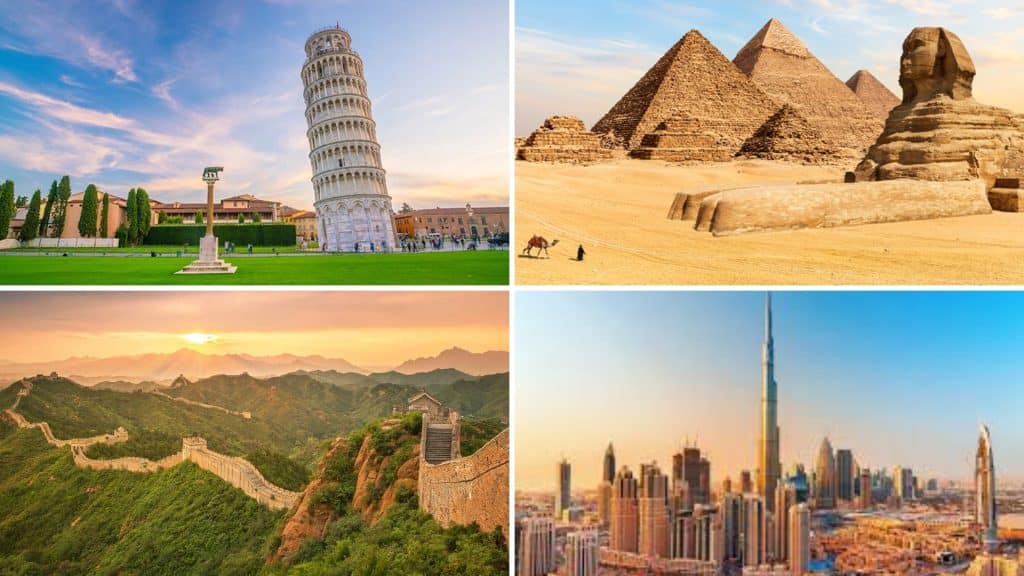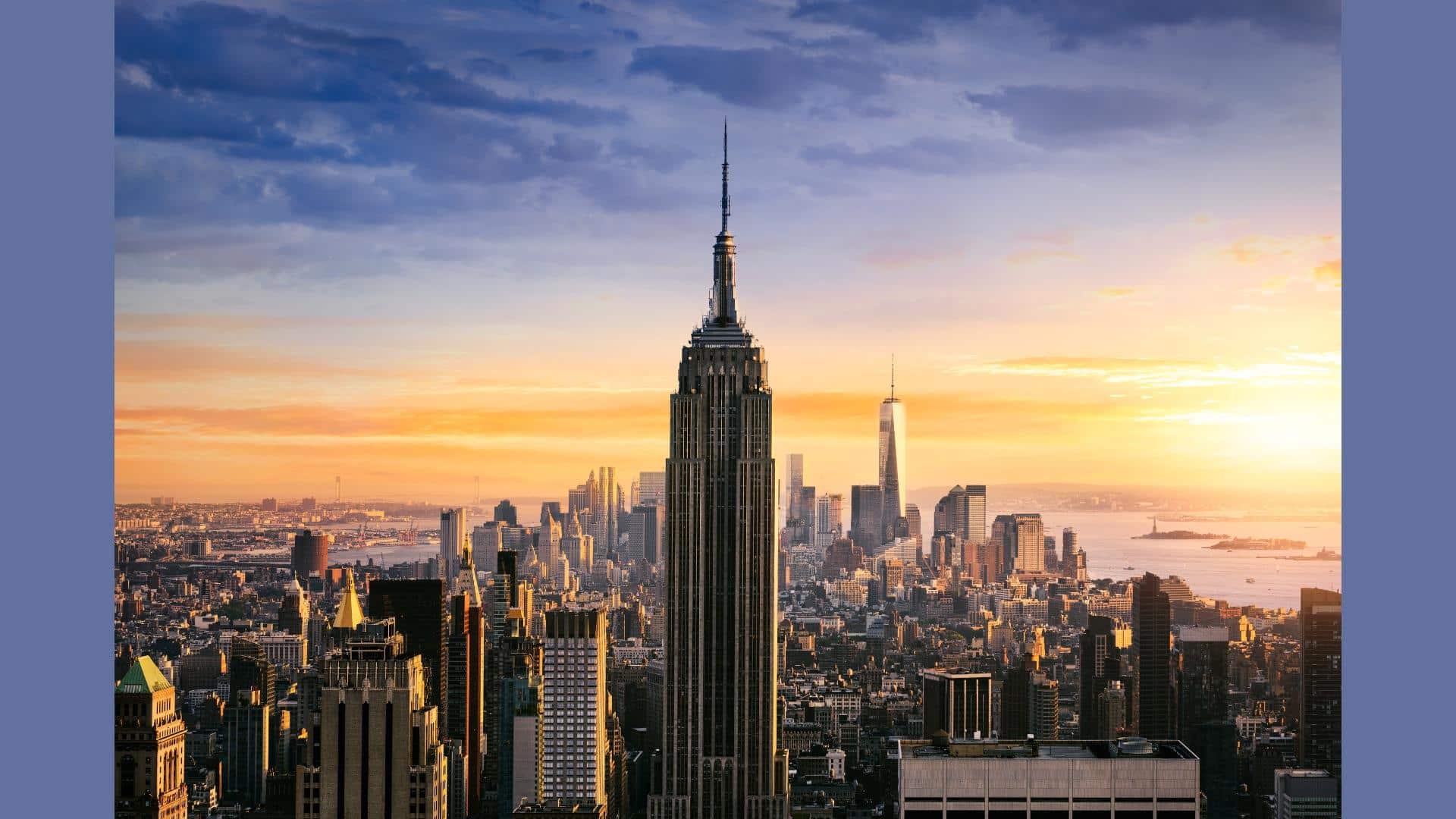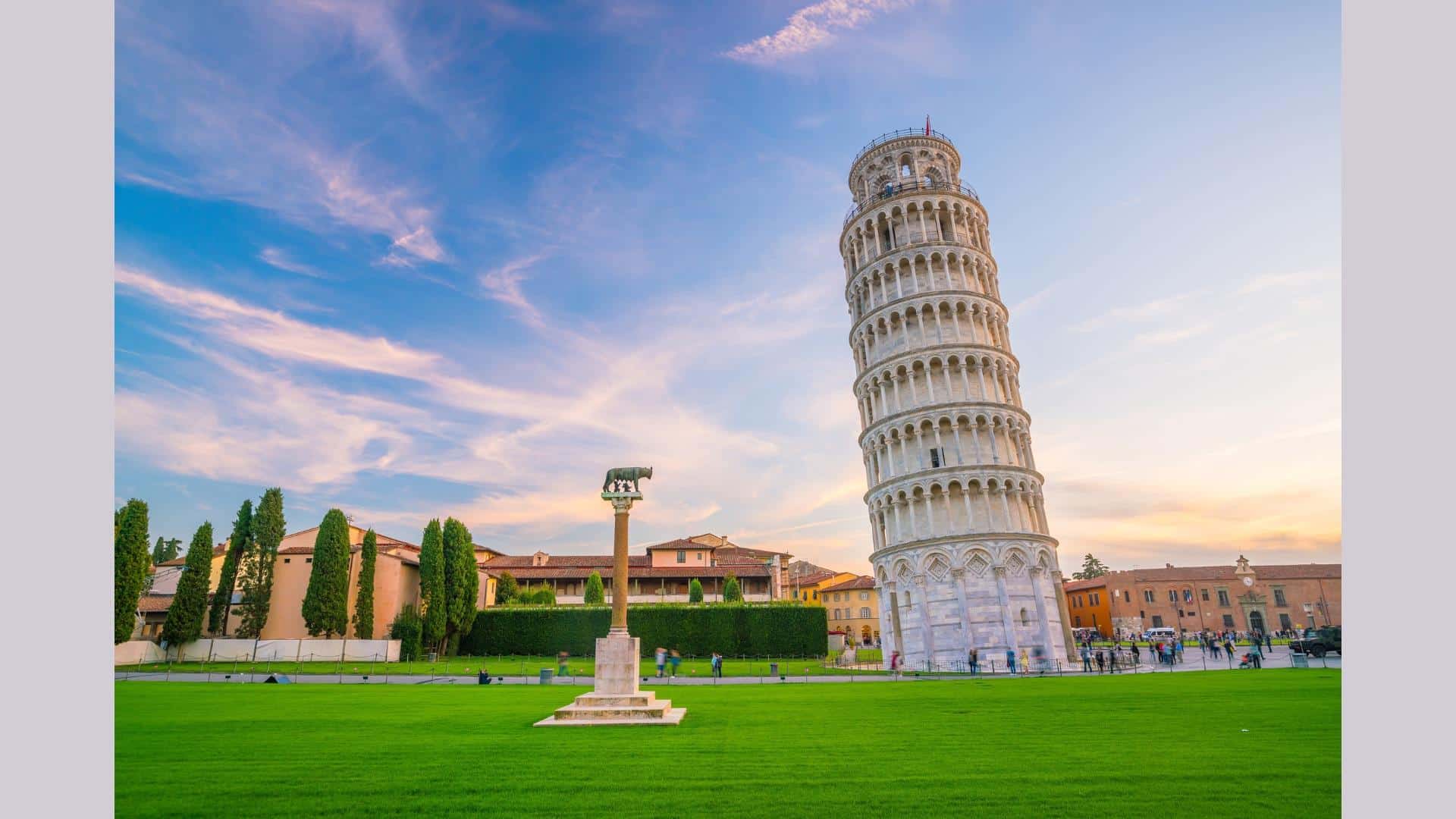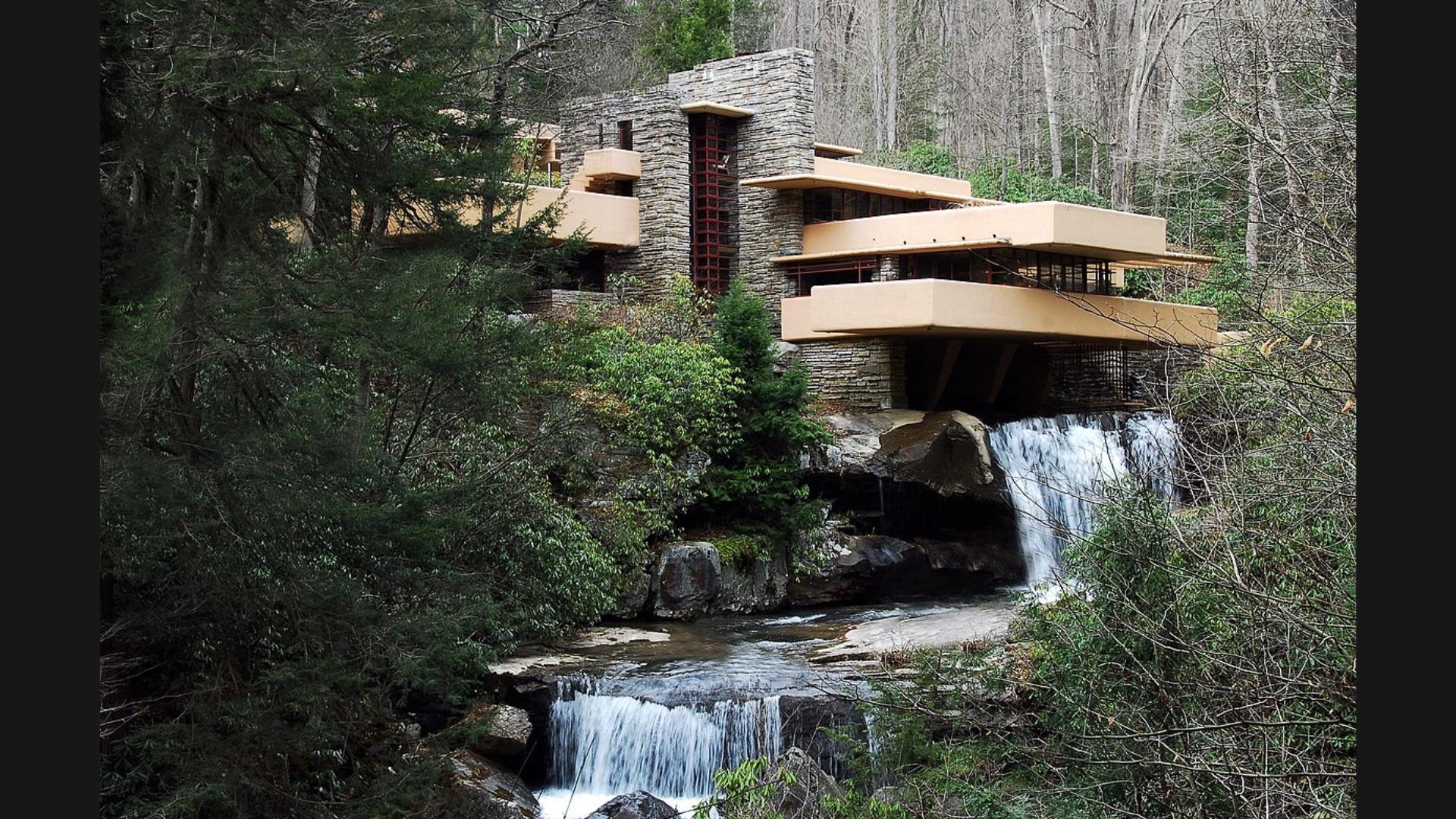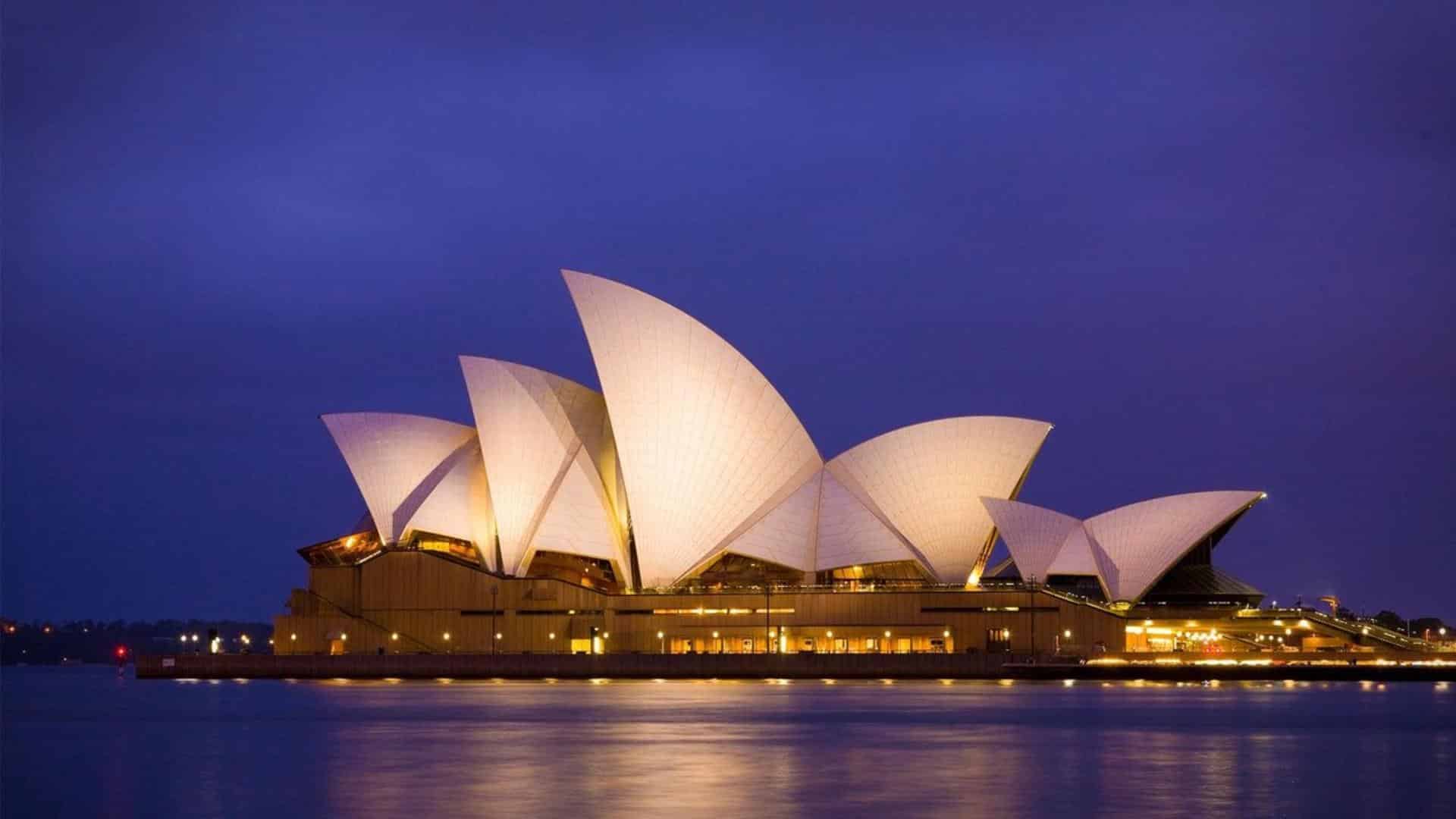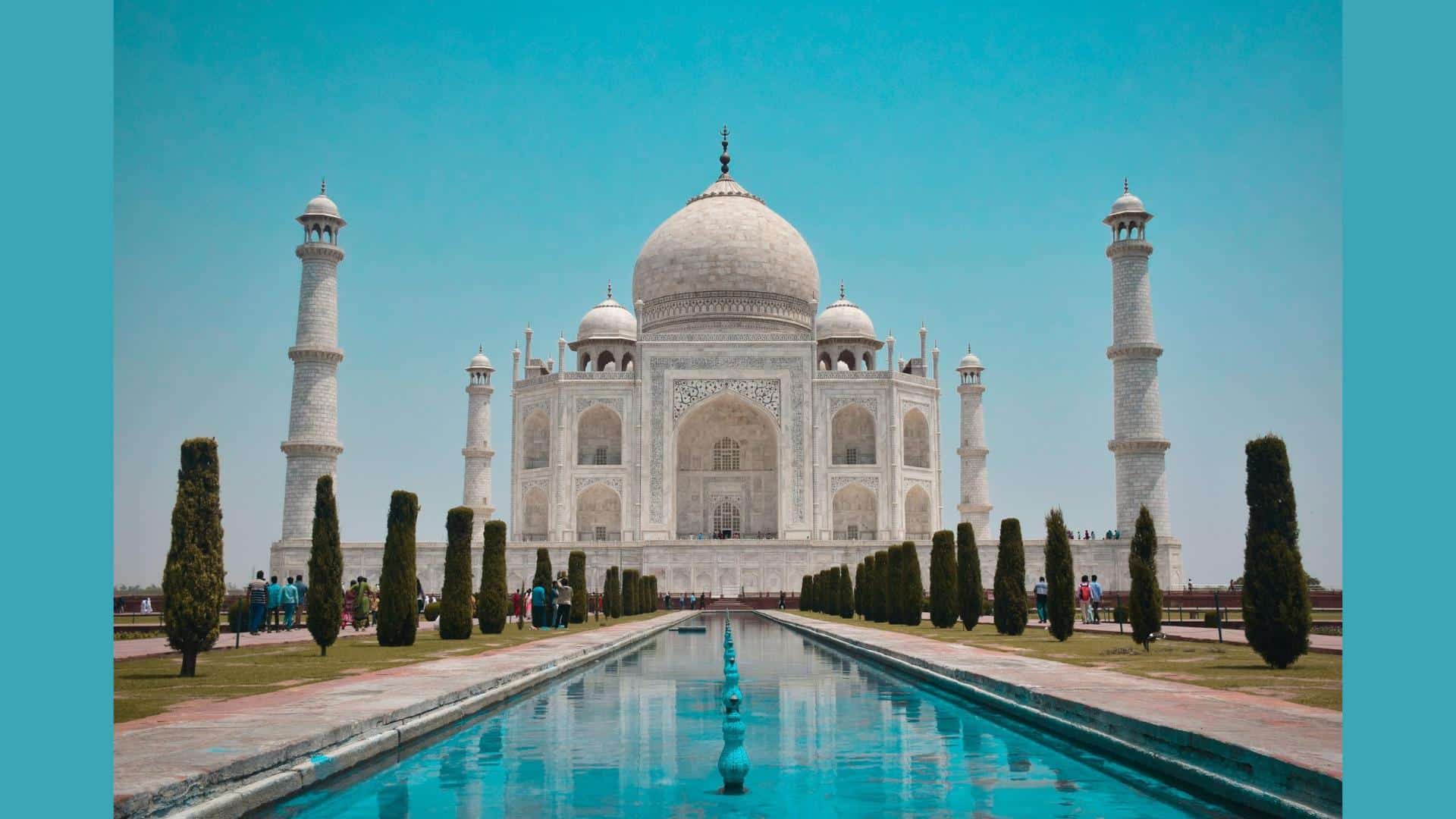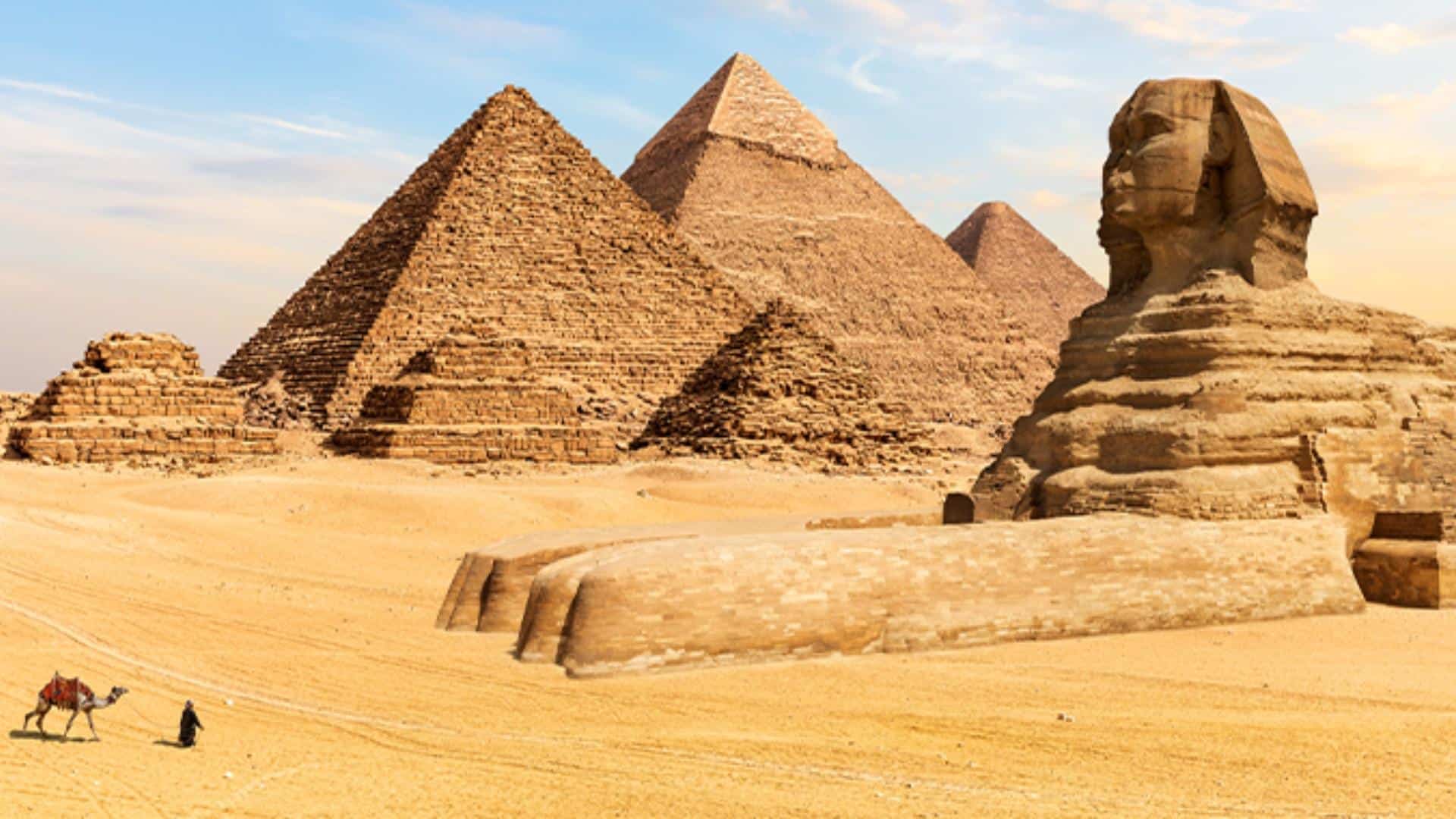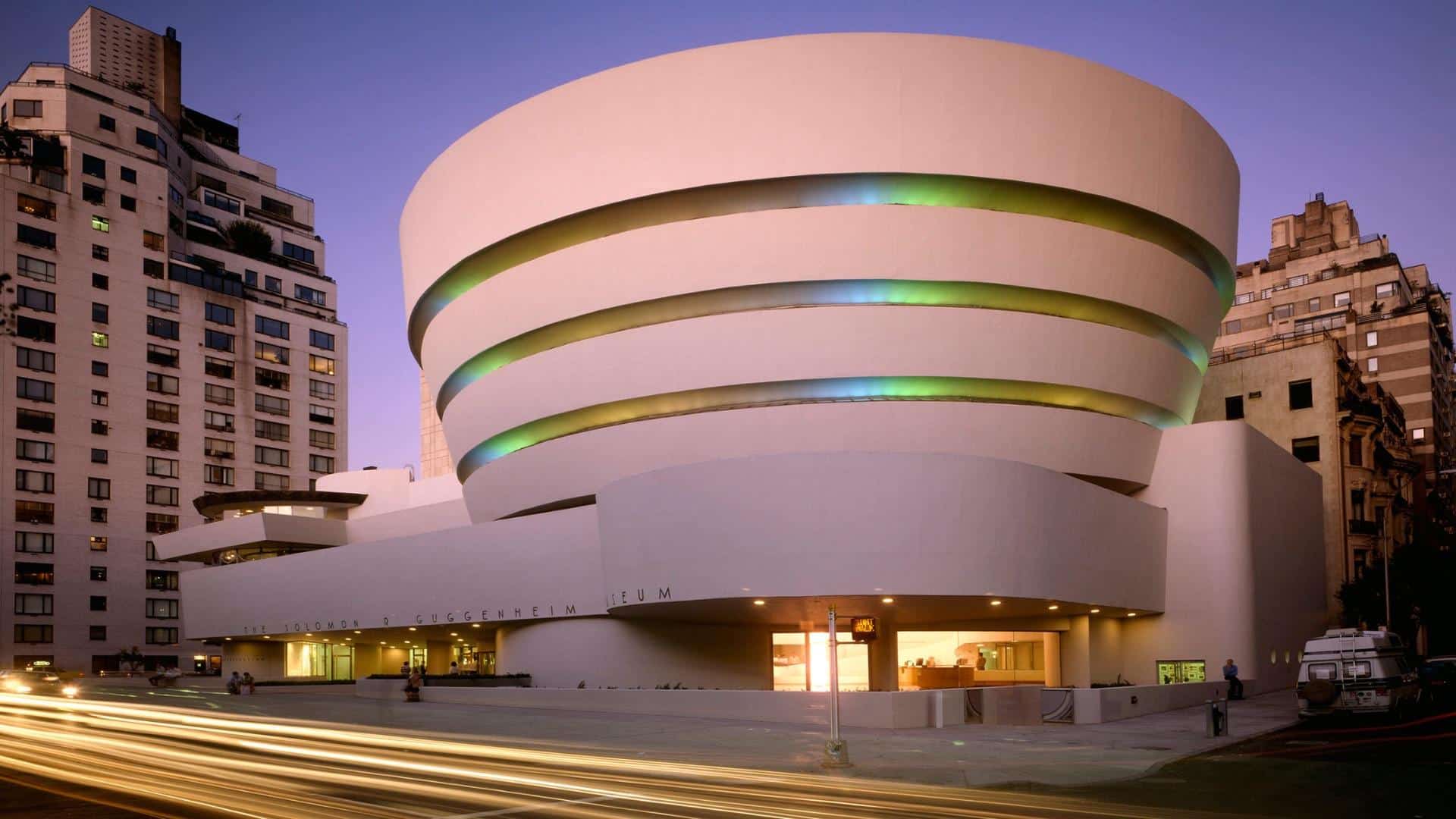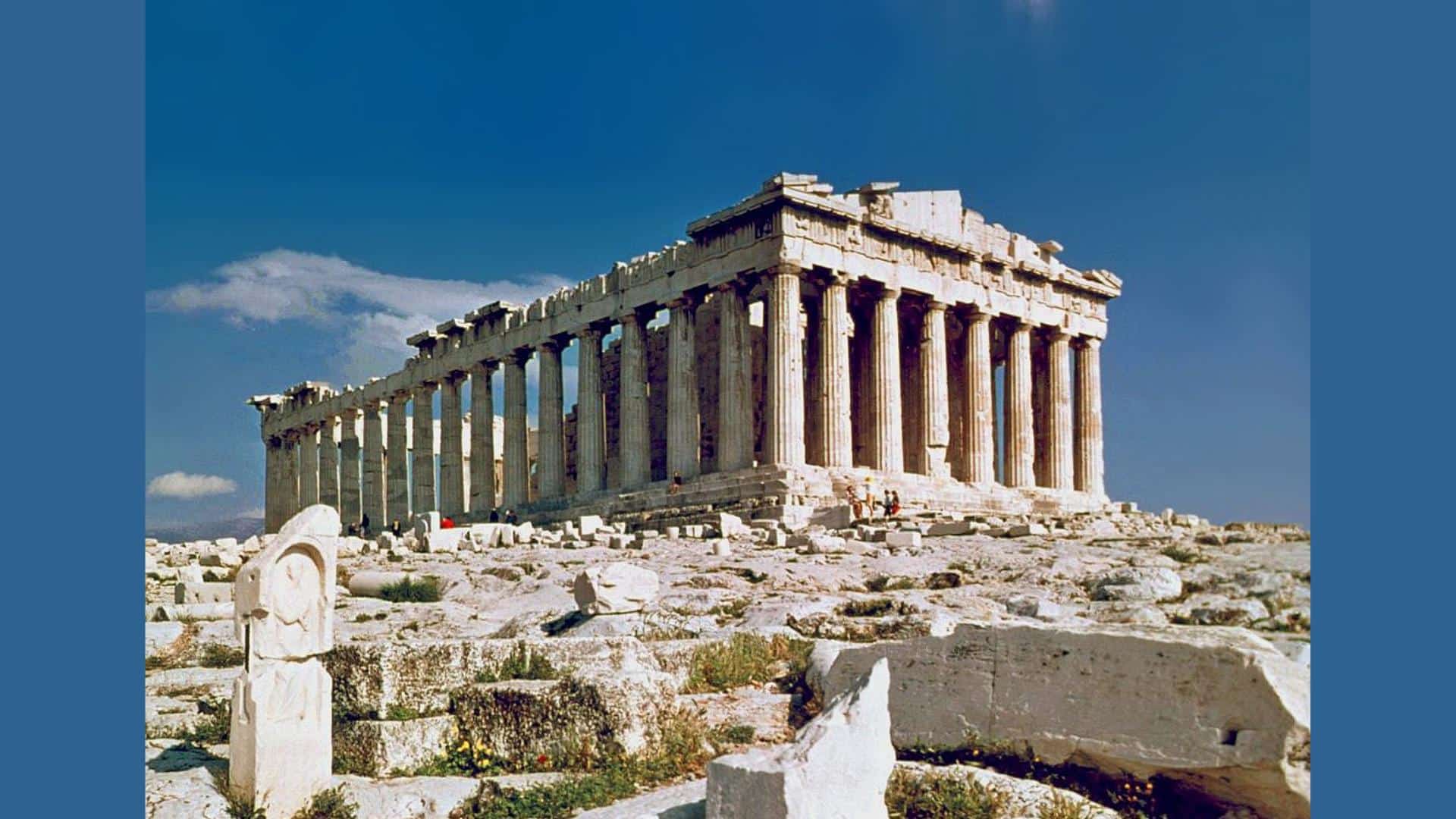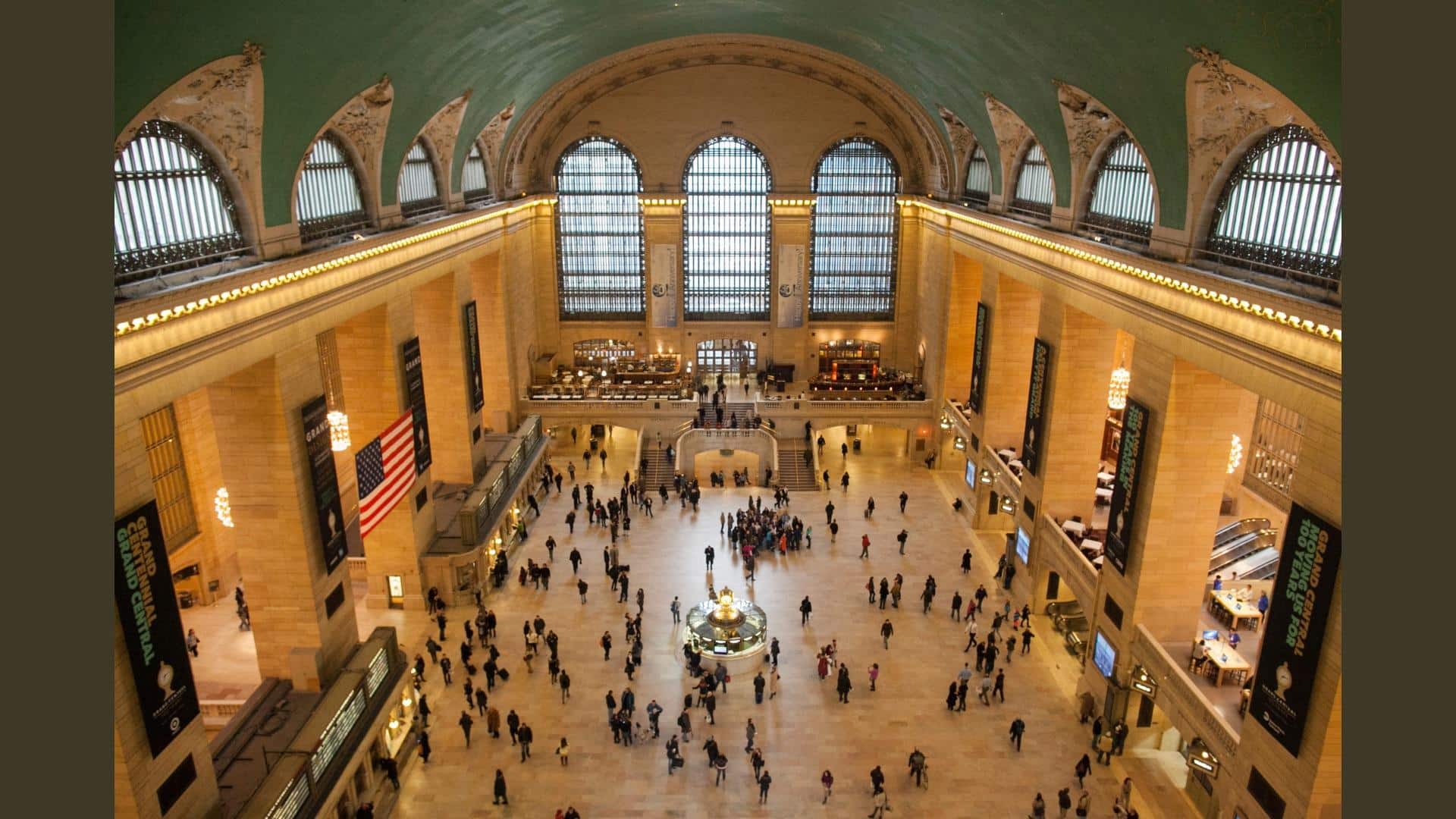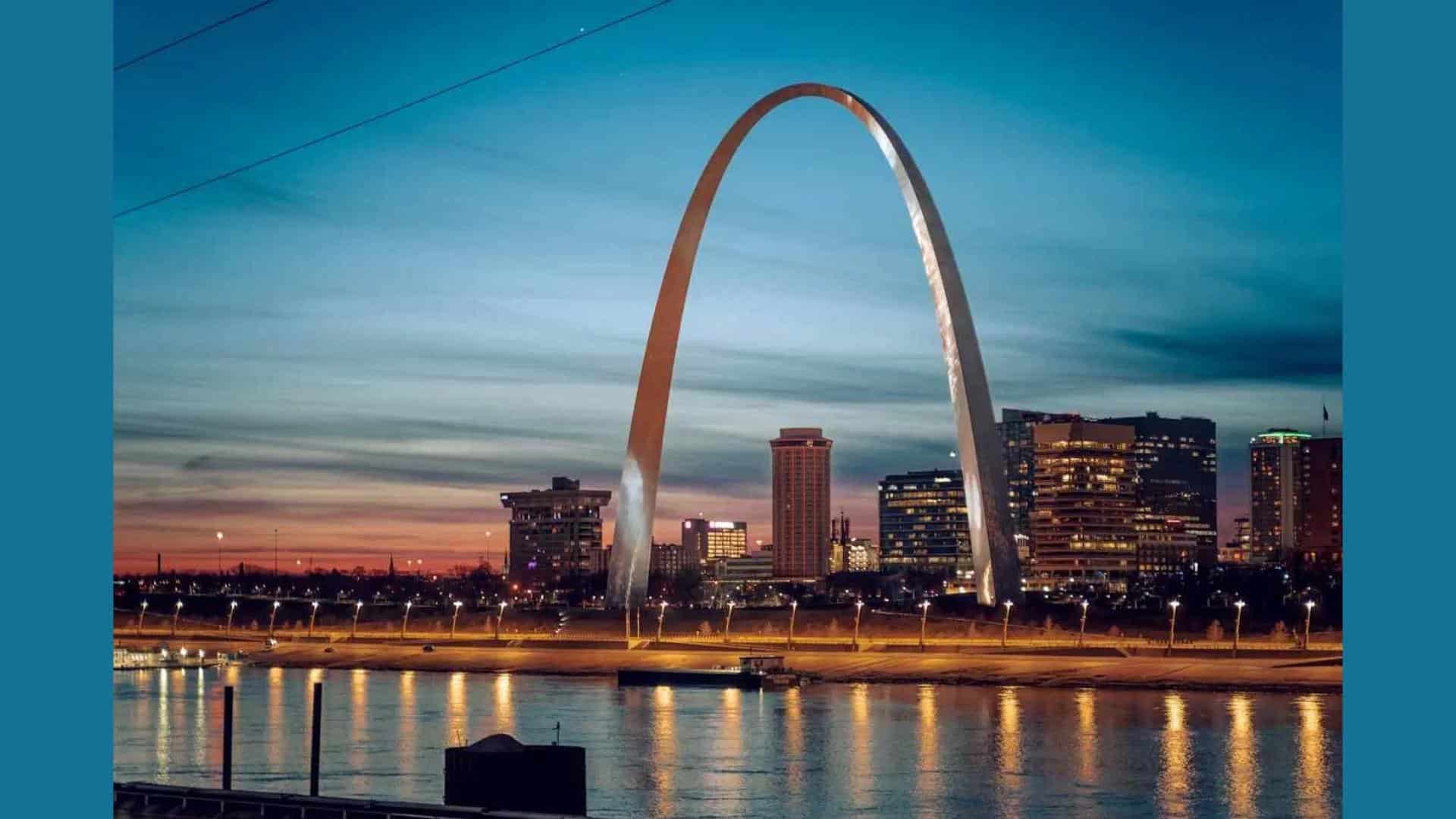Some buildings twist, lean, or reach the sky, but most people never stop to wonder how or why they were made that way.
Architecture is not just about tall towers or pretty shapes; rather, it’s the art and science of planning spaces where people live, work, and connect.
From temples to train stations, every design choice has a purpose.
We brought some fun facts about the architecture seen in buildings around the world.
After reading these facts, you may start seeing buildings as more than walls and windows.
1. Ancient Romans Used Concrete Better Than We Do Today
Roman concrete has lasted over 2,000 years, while many modern buildings start to crack after only a few decades.
The Romans mixed lime, volcanic ash, and seawater to make concrete that grows stronger over time.
Unlike today’s concrete, their mix bonded well with saltwater and even repaired its own cracks using a natural chemical process.
Their method also created less carbon pollution. Today, scientists are still studying Roman concrete to learn how to build stronger and cleaner structures.
2. The Empire State Building has Its Own ZIP Code
The Empire State Building is so large that it has its very own ZIP code: 10118!
It receives a huge amount of mail every day, so it has its own post office inside to handle everything. Each business inside the building has its own suite number linked to that ZIP code.
A special team works to sort and deliver all the mail. The ZIP code system came after the building opened, so it had to be added later.
3. The Leaning Tower of Pisa was Never Straight
The Leaning Tower of Pisa started leaning while it was still being built.
Builders placed it on soft ground that could not hold its weight properly.
It took nearly 200years to finish, and the tilt slowly got worse as more floors were added. Construction was paused for about 100 years once the leaning was noticed, but it eventually continued.
Many early fixes made it worse, but modern repairs finally helped. Today, the lean brings millions of visitors.
4. Falling Water was Built Over A Real Waterfall
Falling Water is a famous home built by Frank Lloyd Wright directly above a real waterfall.
The house was designed so that the sound of the water flows through every room. Its floors and walls were made to help people feel close to the woods and water.
Builders had to work carefully to protect the natural water path. The waterfall helps cool the house in summer, but building over it later caused damage that needed big repairs.
5. The Great Wall of China Used Sticky Rice in Its Mortar
Parts of the Great Wall of China were built using a mix of lime and sticky rice.
This special mix worked like glue, holding the stones together more securely. It also stood up well to rain, snow, and other bad weather.
Some parts of the wall with this mix are still standing strong after over 600 years.
The rice-lime mix worked by creating a strong chemical bond, and it showed how people used local materials to solve problems.
6. The Sears Tower Used Bundled Tube Design
The Sears Tower in Chicago, now called Willis Tower, uses a special bundled tube design.
It is made from nine tall steel tubes grouped together for strength. This design helped the building withstand strong winds and made it safer and lighter.
Builders saved material and finished faster than usual. The smart design made it cheaper and quicker to build.
Today, many super-tall buildings around the world use this same method because it works so well.
7. The Sydney Opera House Cost 13-14 Times Its Budget
The Sydney Opera House became one of the most famous buildings in the world, but it cost much more than expected.
The original budget was USD 7 million, but it eventually ended up at USD 102 million!
The original shapes had to be redesigned after building had already started. The curved roofs were so complex that new math had to be created.
The project took 16 years instead of 4 and caused many fights among leaders. Even with all the problems, the final result became a symbol of Australia and a tourist favorite.
8. The Taj Mahal Changes Color Throughout The Day
The Taj Mahal looks different depending on the time of day because of the way its marble reflects light.
In the early morning, it often appears pink or soft red. When the sun is high, it turns bright white and looks extra shiny. At sunset, the building glows with a warm golden color.
On nights with a full moon, it can even look like it is glowing from the inside. This color-changing effect makes it extra special for visitors.
9. The Flatiron Building Was Expected to Fall Over
When the Flatiron Building was first built in New York City, people thought it would fall over.
Its thin, triangular shape made strong winds rush around it, and people even placed bets on how long it would stand.
A new steel frame helped the building stay strong. The wind got so bad at times that police had to guard the area to keep people safe.
Over 100 years later, the building is still standing strong and proves everyone wrong.
10. The Pentagon has Twice As Many Bathrooms As Needed
The Pentagon was built during a time when people were kept apart based on race.
Because of this, every bathroom was built twice: one for white workers and one for others.
When laws changed, the extra bathrooms were no longer needed, but most were kept. Having so many proved helpful for the large number of workers inside.
Today, the double bathrooms are a reminder of the unfair rules that once existed and the changes that followed.
11. The Pyramid of Giza Aligns with True North Almost Perfectly
The Great Pyramid of Giza was built more than 4,500 years ago and faces true north with amazing accuracy.
Experts believe the builders used stars to find direction, even without the tools we use today.
The pyramid’s sides point to the cardinal directions with only 0.05 degrees of error. This was a big challenge, especially for such a large structure. Once the stones were set, they could not be moved.
Modern technology has confirmed just how exact the alignment is.
12. The Guggenheim Museum has No Straight Lines
Frank Lloyd Wright designed the Guggenheim Museum in New York City to have no straight lines.
Visitors walk through a wide spiral ramp to view the art. The curved walls make people see the artwork from different angles as they move.
Building the museum was challenging because workers had to apply innovative ideas. Some artists disliked the curved design because it made hanging their work more difficult.
The design still shapes how visitors move and look.
13. The Parthenon has Hidden Curves for Visual Tricks
The Parthenon in Greece appears straight and even, but it was built with subtle curves to trick the eye.
The floor rises gently in the middle, and the columns tilt inward slightly. Each column also swells slightly in the center to make it appear straight in the sunlight.
Almost no perfect right angles exist in the building. These clever changes make the temple look perfect from a distance, despite being full of small bends.
14. Burj Khalifa is So Tall that It Can See Two Different Sunsets
The Burj Khalifa in Dubai is the tallest building in the world, offering a view of two sunsets from its top to its bottom.
People on the top floors see the sun for about two minutes longer than those at the bottom.
This happens because of the curve of the Earth. The top of the tower also has different weather and is cooler than the ground.
These height differences necessitated the addition of special systems to manage temperature and movement inside the tower.
15. The Forbidden City has 9,999 Rooms
The Forbidden City in China was built with 9,999 rooms to honor the emperor and show respect to the gods.
The number 9 was considered lucky and tied to the emperor.
People believed that “10,000” was a heavenly number, so they used one less. The room count includes living areas, halls, side rooms, and storage.
The complex was designed to serve as both a home and a workplace for thousands of people. Some rooms were even hidden for privacy and safety.
16. Grand Central Terminal’s Ceiling Shows Stars Backward
The ceiling inside Grand Central Terminal in New York shows a map of the night sky, but the stars are backward.
Painters used a star view from above rather than from the ground.
When the mistake was found, they chose not to fix it. Over 2,500 stars are painted in exact spots, just in reverse.
The ceiling shows zodiac signs with extra detail. A small, dark patch was left uncleaned to show how dirty it used to be.
17. The Gateway Arch has A Hollow Core with a Tram System
The Gateway Arch in St. Louis has a tram system inside that carries visitors to the top.
The entrance to the tram is hidden underground.
The tram cars are shaped like small eggs that turn as they rise through the curved legs. The space is very tight, just enough for the cars to fit.
Two tram systems run at once, one in each direction. Engineers had to design a way for the cars to move upward along the curve, not straight.
Wrapping It Up
These fun facts show that buildings are not just made to stand tall. They are made with purpose, skill, and sometimes surprises.
Behind every wall, window, or tower, there is often a story most people never hear or notice.
Learning about these small details helps us see buildings in a whole new way and makes everyday places more interesting.
Which fact surprised you the most?
Take a moment to look at the buildings around you and see if you can spot something unusual you never noticed before.

